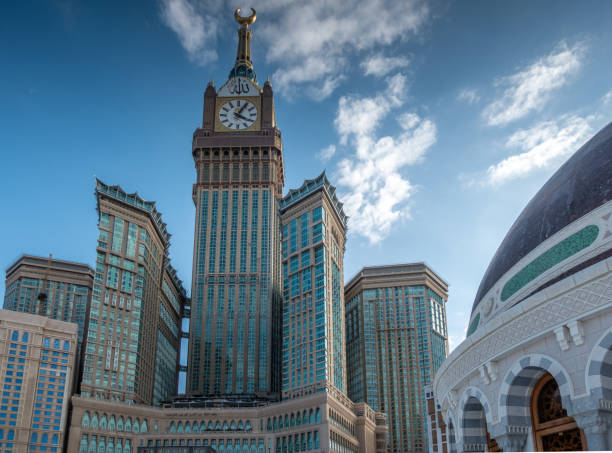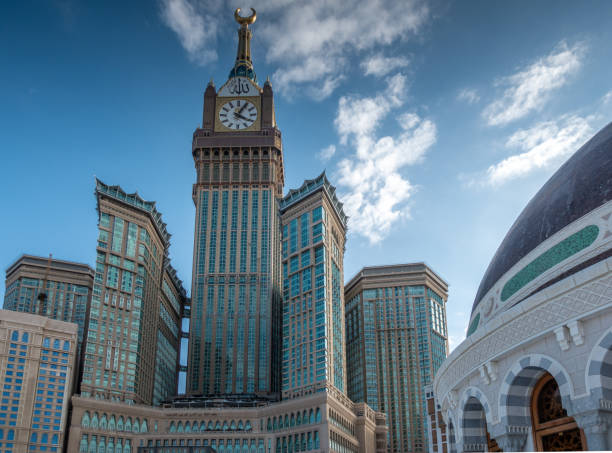Must-See Historical Landmarks in Saudi Arabia

Saudi Arabia is an interesting combination of history and culture that immerses travellers in the depths of civilization. The Kingdom is home to majestic ancient tombs, holy religious places and a lot more. This country has a lot to offer whether you are a history enthusiast or you are just a person who loves to visit unique places.
A apply for malaysia from Dubai makes planning a heritage tour easier than before. After completing this, you can now take a tour of the Kingdom’s most well-known historical artifacts. Every monument has its story of victory, religion or culture- so your Saudi trip will not only be a holiday, but a cultural experience you will never forget.
These are the Must-See Historical Landmarks in Saudi Arabia
1. Masmak Fortress
The Masmak Fortress is a national symbol of Saudi unification in Riyadh. It was built in the 19 Th century and it played a significant role when King Abdulaziz took over in 1902. The architecture and building in mudbrick and its artifacts provide curious data about the first years of the Kingdom formation and its reign.
2. Turaif District
Turaif in Diriyah is a world heritage site, as described by UNESCO, and moreover, it vividly depicts the early royal history in Saudi Arabia. Additionally, it is Saudi Arabia‘s historic capital and features traditional Najdi architecture. Furthermore, Turaif is a museum town where people have reproduced the palaces and mosques, effectively reminding everyone of 15th-century Arabian heritage.
3. Murabba Palace
King Abdulaziz constructed the Murabba Palace in 1937, and it clearly presents the early modernization of Saudi Arabia. This palace is located in Riyadh and this was the home and workplace of the king. Being a part of the King Abdulaziz Historical Center nowadays, its galleries and buildings provide an insight into the royal history of the country.
4. Ushaiqer Heritage Village
Ushaiqer Heritage Village gives a view of the traditional Saudi life. Located in the palm groves and mud-brick houses, the village has retained ancient traditions, architecture and local hospitality. Tourists have an opportunity to walk along its twisting alleys, visit little museums, and communicate with locals who preserve century-old traditions.
5. Hegra
The first site in Saudi Arabia to be listed in UNESCO is Hegra, which is located near AlUla. It was once a Nabatean trading city and has more than 100 ancient tombs carved on sandstone. These carved out facades show artistic and architectural capabilities of a vanished civilization and Hegra is a strong cultural site in the Arabian Desert.
6. Jawatha Mosque
Jawatha Mosque in Al-Ahsa is one of the oldest mosques that survive today. In fact, the Bani Abdul Qais tribe constructed it in the 7th century to hold early congregational prayers. Although restorers have only partly rebuilt it, it still holds strong spiritual and historical value in Islamic heritage.Ask ChatGPT
7. Edge of the World
The Edge of the World at Riyadh is a natural dramatic escarpment that has a view of the ancient caravan routes. It is an awe-inspiring place and a time-traveling experience with views that seem to extend forever into the desert. It is not only a geological wonder but also a historical route that was trodden by traders.
8. Mecca
Mecca is the most religious hub of Islam and the birth place of Prophet Muhammad. The Kaaba of the Masjid al-Haram in the city is holy and is visited by millions of pilgrims each year. Visit to Mecca is a highly personal and religious experience to the Muslims and it is spiritual and has centuries old history.
9. Medina
The second-holiest place in Islam is Medina where Prophet Muhammad resided and was laid to rest. The most interesting thing about it is a religious hub and a masterpiece of architecture, the Prophet Mosque. Pilgrims and tourists visit Medina to meditate in the sublime silence of the place and witness the birthplace of Islam.
10. Jubbah Rock Carvings
The Jubbah Rock Carvings in Ha IL tell tales about the prehistoric life in Arabian Peninsula. The carvings are thousands of years old and they include images of humans, animals and hunting scenes carved into sandstone formations. It is among the most successful archaeological areas in Saudi Arabia since it is a UNESCO site.
Conclusion
Saudi Arabia’s historical landmarks testify to a country built on strong traditions, rich religious heritage, and awe-inspiring history. It can be a historic mosque, a royal castle, or prehistoric engravings, but every place is a window to the past. These are the places that keep the cultural identity of a nation that still embraces the world with pride and hospitality.
To start your cultural trip, you can apply to a apply for Saudi Visa from UAE and have an easy trip. When you arrive, these amazing destinations will take you through centuries of history, success and customs that make Saudi Arabia an unmatched destination.




